Wandboard PICO-PI-IMX8M-BASIC Specs and More
In tech, two years can be a long time. Regardless of long development cycles, technology moves at such a pace that it's easy to get left behind. There is, however, and exception. If you are making something with long term support and industry-standard reliability in mind, being somewhat behind the curve can be advantageous. Today, we are looking at the Wandboard PICO-PI-IMX8M-BASIC, a Raspberry Pi form factor single-board computer (SBC) from Wandboard. Learn all about the Wandboard PICO-PI-IMX8M-BASIC, from its specs to what operating systems it can run, and whether or not it's worth buying!
An Industry Standard - PICO-PI-IMX8M-BASIC Raspberry Pi Form Factor and Ports
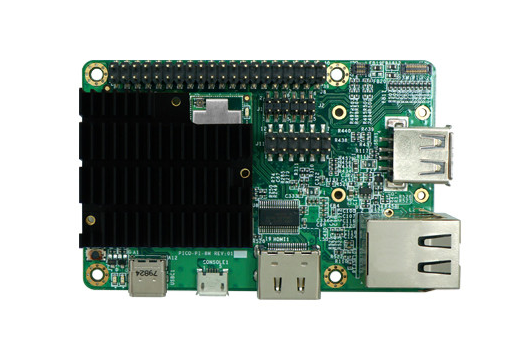
Alongside the familiar form factor of 40 general-purpose input/output (GPIO) pins, Ethernet port with Wi-Fi and Bluetooth 4.1, USB-C and micro USB ports, and a single USB-A host port, there isn't an awful lot that immediately makes the Wandboard PICO-PI-IMX8M-BASIC (hereafter PICO-PI) stand out.
One clue is in the name, with the system-on-a-chip (SoC) provided via NXP's i.MX8M quad-core processor made up of four 64-bit Arm Cortex-A52 cores clocked at 1.3GHz, and an additional Arm Cortex-M4F running at 266MHz. Compared to the chipsets on other modern SBCs, it could be argued that despite the wide use of this architecture on NXP's i.MX8 chips, it's a little outdated for an SBC released three months after the Raspberry Pi 4. However, the Pi 4 lacks onboard eMMC storage, where the PICO-PI comes with 16GB as standard.
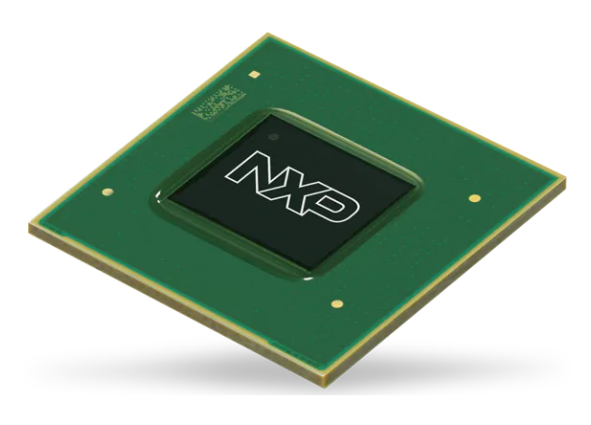
The PICO-PI uses a system-on-module (SoM) setup, with the essential components bundled in a removable unit, something far more suited to professional industry use than any hobby application.
The likely reason behind the PICO-PI's setup is that it was based on an earlier never-released board called the WandPi 8M announced by Wandboard in November 2017. Given the 10+ years of support NXP i.MX8M chipsets have been quoted to receive, it makes sense they decided to keep the same architecture rather than start again from scratch.
It can undoubtedly perform challenging video tasks with hardware acceleration in place for 4Kp60/60/30 playback and decoding, four-lane MIPI-CSI camera connectors, and multi-channel high-frequency audio input/output (I/O). So what's the real problem here?
The Wandboard PICO-PI-IMX8M-BASIC is Priced for Professionals
There's just one issue—the price. $175 USD for a SBC with 1GB of RAM is a high price for most hobbyists. While most folks realize that RAM isn't the be-all and end-all, the Pi 4 has up to 8GB and more modern CPU architecture. However, I don't think this is a particular worry for Wandboard, as this SBC is almost certainly not aimed at the hobby community.
With big projects like the Purism Librem 5 smartphone using the exact stack this board is based on, Wandboard can expect to sell PICO-PI kits to engineers wanting to develop software and hardware design on the i.MX8 chipset. This renders the previous argument of out of date chipsets somewhat irrelevant. In an industry where older, trusted tech is iterated over for much longer than in hobby computing (where if things go wrong, it's not the end of the world), the PICO-PI seems the right choice.
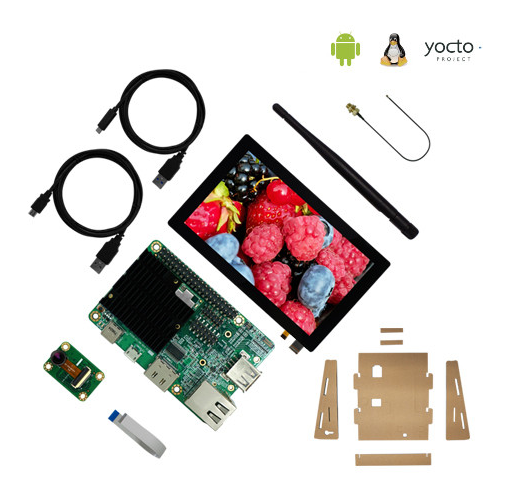
The $275 PICO-PI kit contains the basic 1GB version of the SBC (2 and 4GB versions are also available), a 5-inch touch screen, and a 5MP camera module, along with a simple cardboard stand to mount them in. Everything a dev team would need to get started developing touch and vision software in Android or Linux.
Should You Buy the Wandboard Pico-Pi?
We'll take a more in-depth look at the specs and history of the PICO-PI in a moment, but for now: Should you buy a Wandboard PICO-PI?
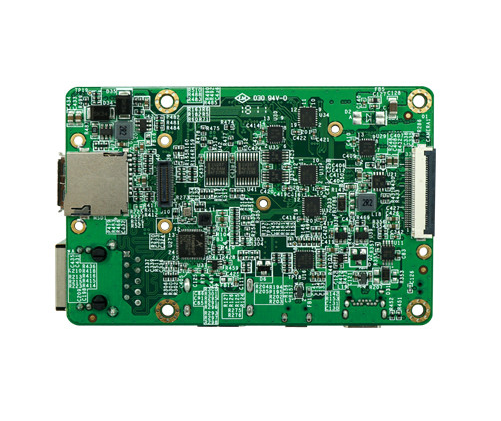
Probably not. As always, the caveat here is that there is nothing wrong with this SBC. It seems like an excellent choice for those working in the industry, with its long lead-in time to production (perfect time to iron out any bugs and build errors) and in-demand chipset. If you're a hobbyist, the Wandboard probably isn't worth it. You can find a more capable SBCs as better prices. But for devs buying in bulk, it could be a compelling option for industrial applications.
I find myself writing here often that it's highly likely that someone who would want this board would not be reading this review to make up their mind. SBC requirements vary significantly in the use case. The delicate blend of power consumption vs. processing power and cost, along with size limitations and I/O needs is so individual that no "one-size-fits-all" comparison article would help a professional dev team.
The high price of entry would put most people off. Even those wanting to get started with the i.MX8 chipset would likely find the Embest MaaXBoard a better choice as it's almost $100 cheaper.
In all likelihood, this board will sell in bulk to development teams hoping to squeeze as much out of NXP's widely adopted SoC as possible, not in single units to hobby devs.
Wandboard PICO-PI-IMX8M-BASIC Specifications
The PICO-PI comes in three variations, but the only difference between them is the amount of RAM on the board:
Core System
- Processor NXP i.MX8M Quad
- Processor Speed 1.3GHz
- Architecture ARM Cortex-A53 + M4
- PMIC ROHM BD71837
- Memory up to 4GB LPDDR4
- Storage 16GB eMMC
- Board-to-Board Connector PICO 70-pin Hirose connectors
- System on Module PICO SOM
- Debug Interface Micro USB debug
Connectivity
- Network LAN 1x Atheros AR8035 Gigabit LAN
- Wi-Fi 1x Qualcomm Atheros QCA9377 Wi-Fi 5 - 802.11 a/b/g/n/ac
- Bluetooth 1x Qualcomm Atheros QCA9377 Bluetooth
- Antenna MHF4 connector
Internal Headers
- Expansion Headers GPIO
External Connectors
- External Display 1x HDMI
- Network 1x RJ45
- USB 1x USB 2.0 Host
- Buttons 1x Reset
Video
- Graphic Engine Vivante GC7000Lite
- Video Decode 4K UltraHD HDR 4Kp60
- Camera MIPI CSI (4 lanes)
Signaling
- I/O HDMI
A Tale of Two Boards
As mentioned earlier in this article, the timing and setup of the PICO-PI are interesting. Much like the Embest MaaXBoard, it arrived hot on the heels of the Raspberry Pi 4. This already puts it in a position where most people will discount it as outdated, and the rest will likely see the price tag and move on.
I also mentioned the WandPi 8M announced by Wandboard almost two years before the PICO-PI, which got as far as taking pre-orders before mysteriously disappearing. There's no point speculating exactly what happened, but it is fair to assume that something that makes a board so close to launch disappear must be quite significant.
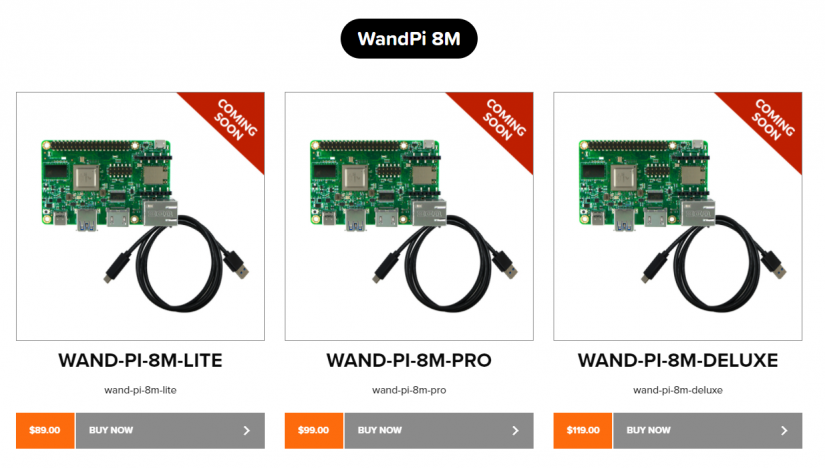
Fast forward to September 2019 and the PICO-PI surfaces sporting near-identical specs, though now with a beefy heatsink, another clue perhaps?
Needless to say, those two extra years of development must have gone somewhere, and given how this board is aimed at industrial use, it's safe to assume that the PICO-PI has been fully tested for reliability. If the original design had heat issues, you could imagine they are long gone.
A Decade of Support
The big picture for the PICO-PI and many others with the same chipsets hinges on NXP's pledge to support them for approximately another decade. While there is no concrete cut off date, the original 10-15 year estimate given for update support is a big enough window for most industries. It's this long-term support that makes the PICO-Pi a good option for enterprise applications such as industrial prototyping. For the general hobbyist, it's not really worth the investment.
Everything from smart devices to industrial robots and public-facing kiosks runs using the NXP i.MX8M, and despite its price, the PICO-PI kit is an excellent choice for development teams of all sizes. For most hobbyists, more compelling SBCs on the market offer more bang for their buck.



































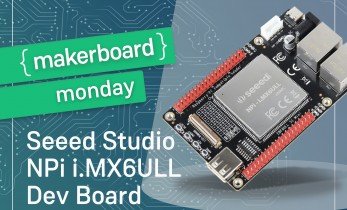



Leave your feedback...